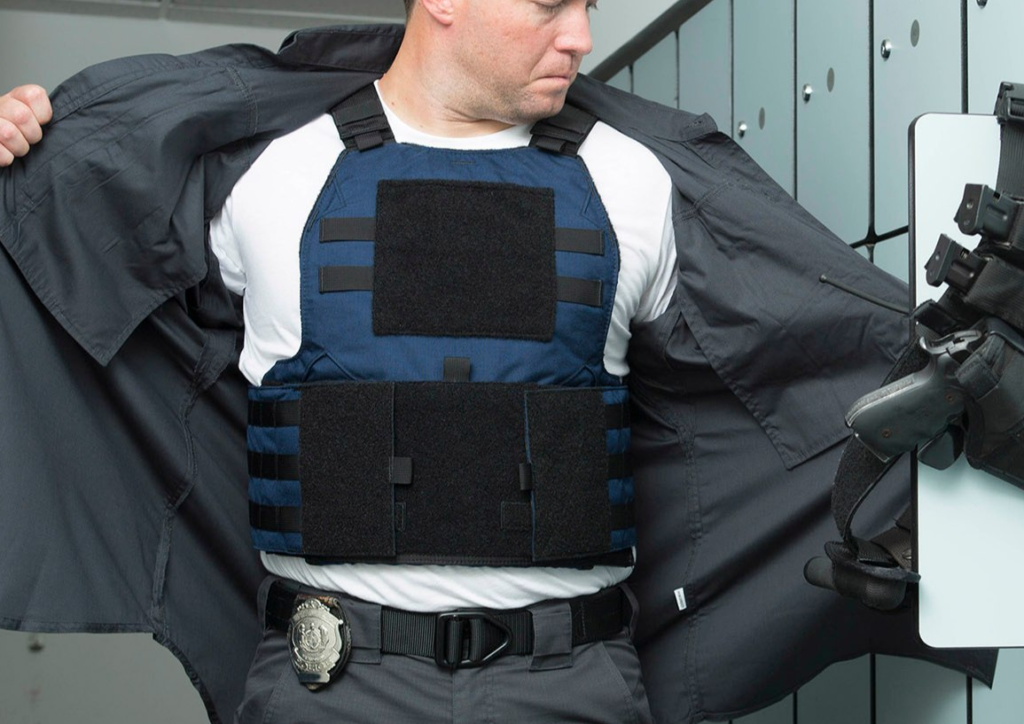Why Are There Particularly Small Bulletproof Vests?
This problem is well understood
The diversity of tasks received by soldiers requires that combatants should not blindly add protection and weight, because every extra minute of weight of equipment worn on their bodies will drag down a minute of mobility.
In many scenarios, improving mobility can improve survivability more than protection. Anti beating may not be more useful than running fast, so this is why there are particularly small bulletproof vests!
Lets do Some Simulation Scenario
In long-distance dismounted combat, which is better, using light vest to retain physical strength and improve mobility, or using heavy vest to increase weight?
During penetration investigation / fire guidance, fire exchange is not the main task, and the threat mainly comes from potential Patrol / pursuit. Which is easier to hide and evacuate, light or heavy?
When attacking in an open area, if the enemy is expected to have fierce firepower, rapid maneuver will cover it alternately and quickly cross the firepower line; Which has a higher success rate than relying on re installation protection?
When fighting at the water edge, considering the risk of falling into the water, do you want to wear a light vest with quick disassembly function, or a heavy vest that may drag you into the water?
In mountain combat, which performs better in high-altitude mobile combat, light vest or heavy vest?
In the above specific situations, it is very obvious that the heavier and harder the bulletproof armor is, the better. Instead, it needs to consider various combat situations. In many cases, the mobility can protect your life faster than the protection!
In fact, today’s special forces are different from the image of being fully armed; The variety of mission requirements forces special forces to consider not only the protective force, but also the lightweight and mobility when choosing tactical vests
For a typical example, the biggest advantage of Meidi’s JPC vest is that it is “light”. It has a certain key protection area, good lightweight and mobility. Through the expansion module, it also has a large mounting ability, so it is called a “heart shield”!

In the figure below, CAG and MARSOC troops were photographed together before 2015. The CPC vest in the figure has the greatest advantage of sufficient protective area.
The protective lining on the side wall can also add plug-in plates, but the disadvantages are also obvious. After the plug-in plates are added, the excessive weight and bloated shape will drag down the operation speed in many cases
In recent years, in the US special forces, CPC vests have been replaced by AVS vests that can be used for both light and heavy purposes to perform tasks with strong mobility and need to move quickly.

Therefore, the choice of tactical vest is actually largely related to the nature of the task and personal physical fitness, rather than blindly pursuing large and complete, with hardness first.
However, in contrast to the special combat forces, the urban special police in Europe and the United States are more suitable for reloading protective equipment because of the common small combat area and sufficient backup support.
For example, there are all kinds of vests, shoulder protection and crotch protection. In tasks that do not require rapid action, they can use comprehensive protection to protect themselves from bullets.
In a sense, It is also the best means to protect soldiers!



